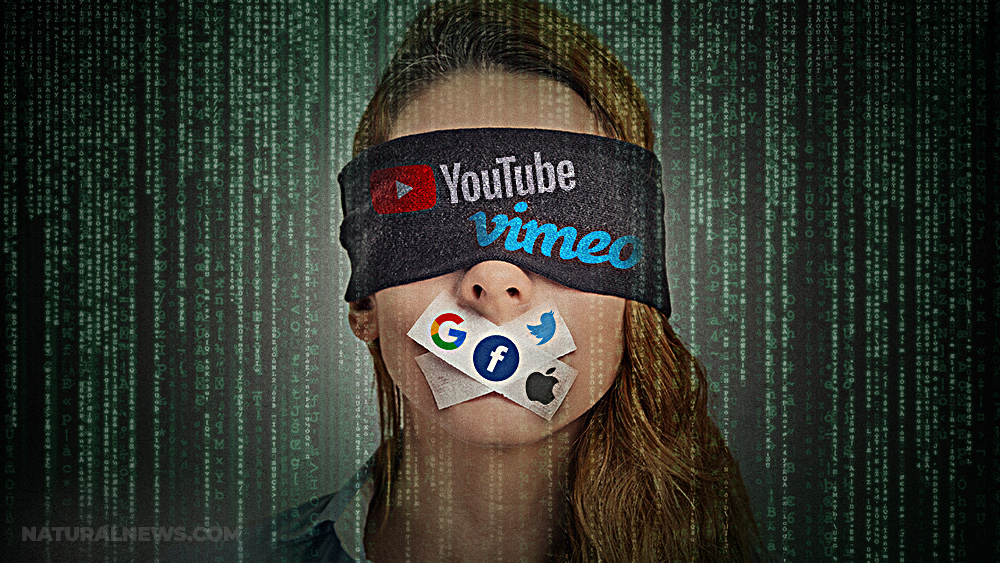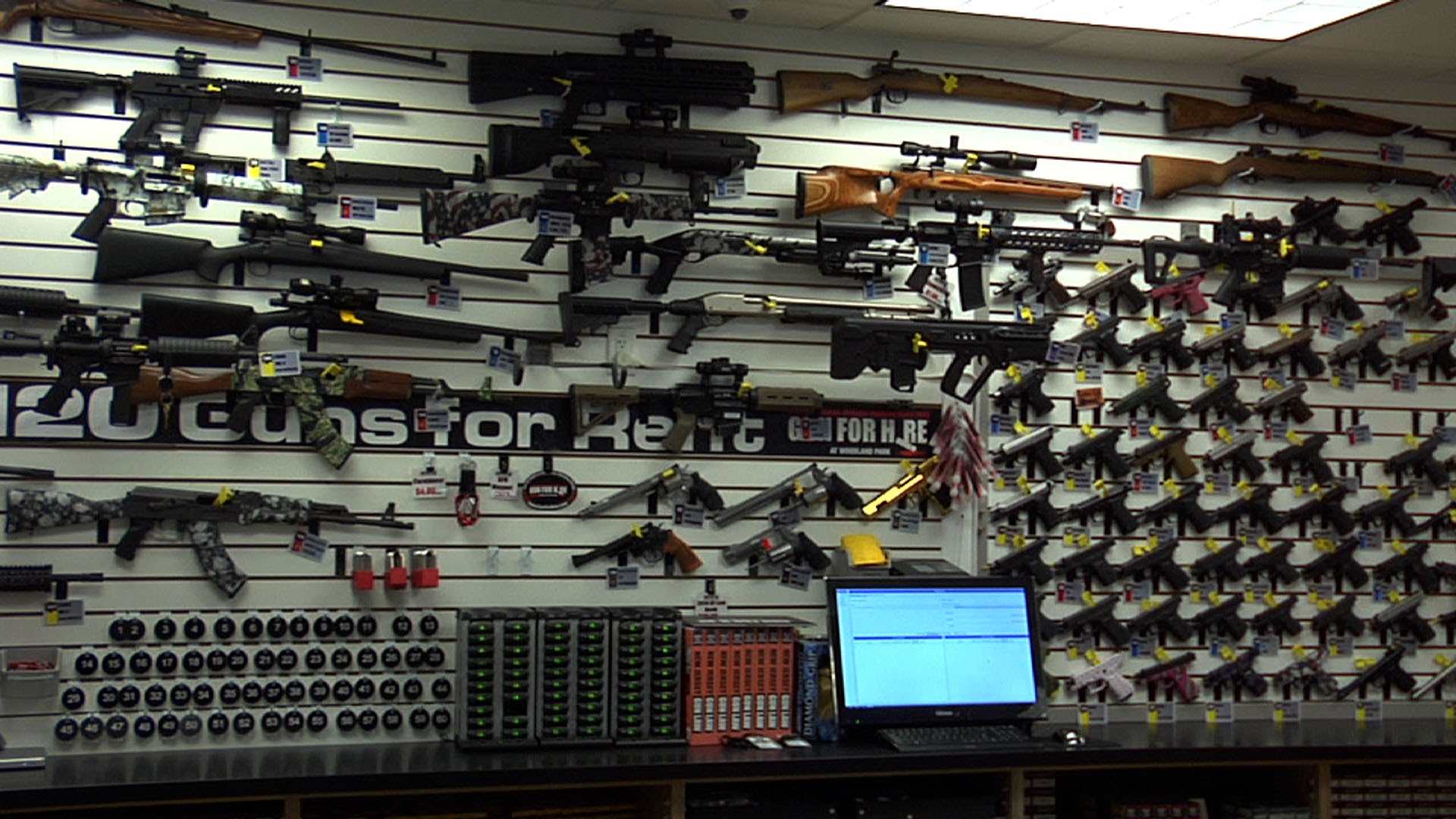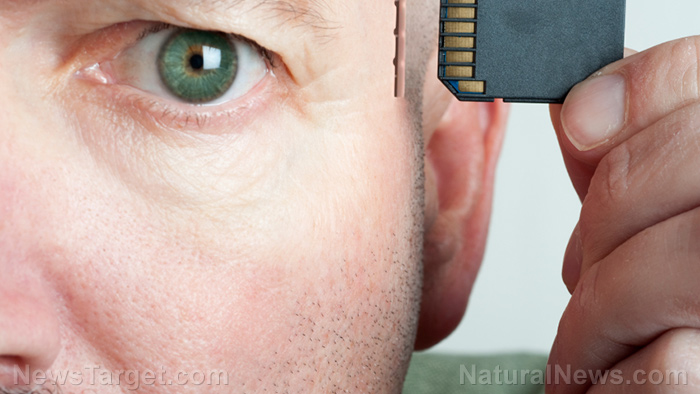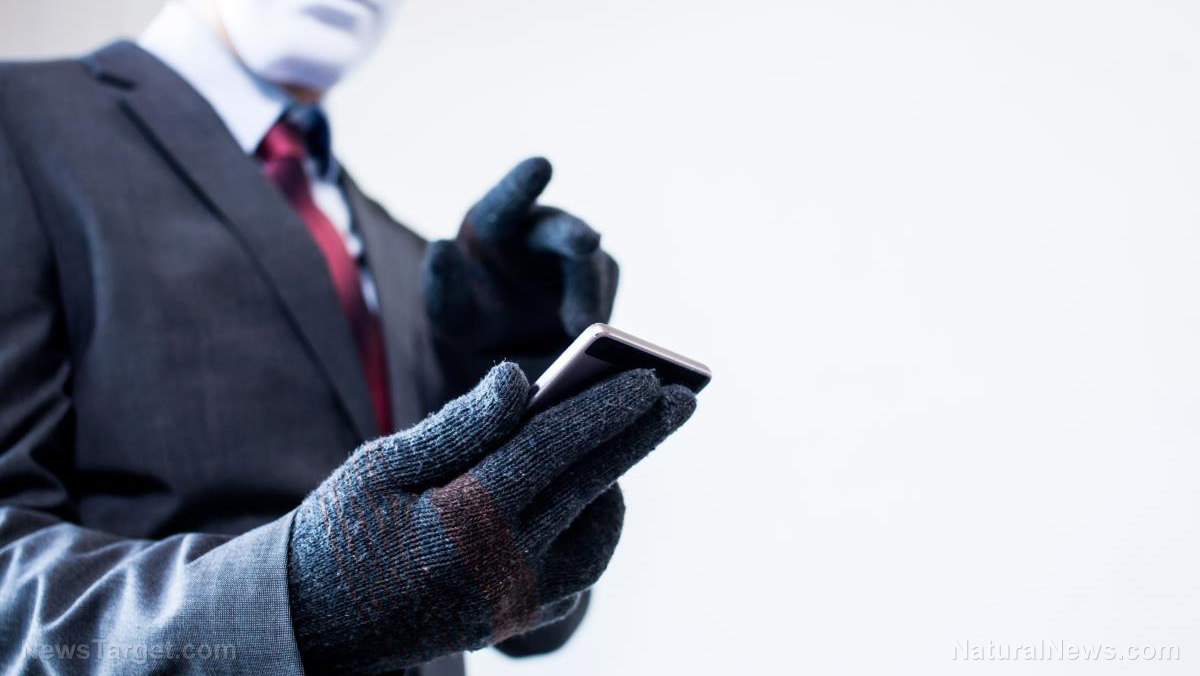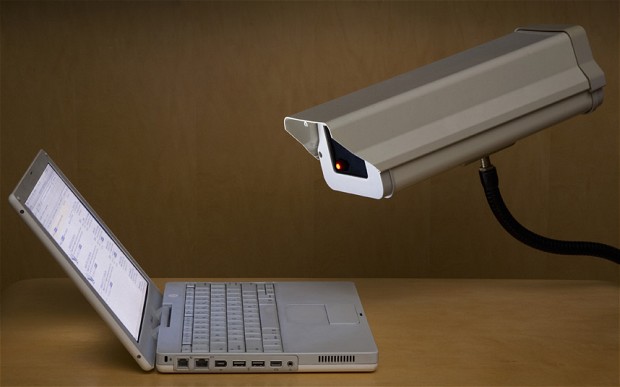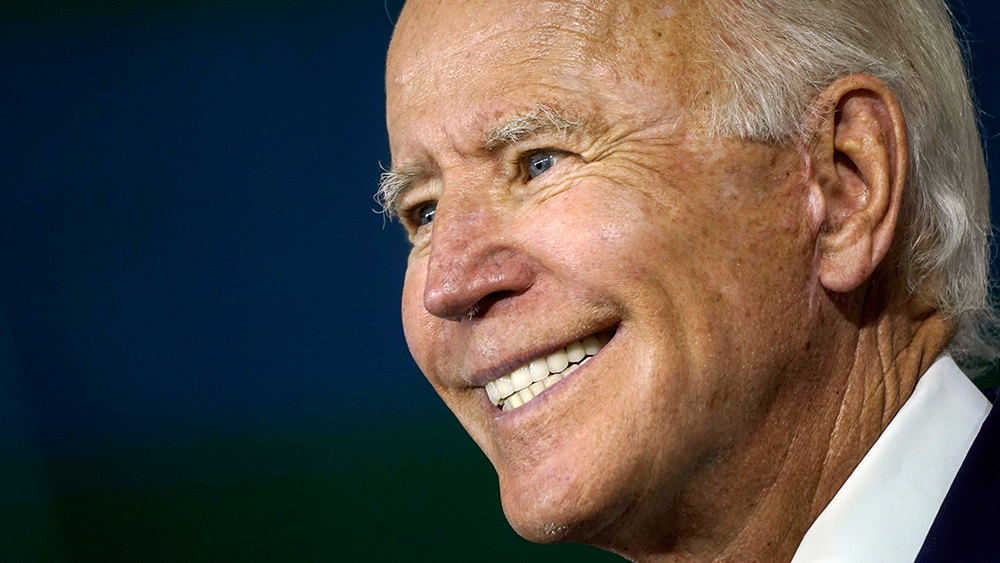Tech writer slams use of technology to force consumers into giving bigger tips
03/14/2023 / By Oliver Young

New York Times consumer technology writer Brian X. Chen is not a fan of using technology to pressure consumers into giving bigger tips.
In a recent column, Chen explored the practice of tipping on tablet registers, and the possibility that it could soon become a part of a Federal Trade Commission investigation into unfair business practices that victimize customers.
Chen recalled a recent trip to the grocery store where the cashier glared at him for refusing to tip. According to Chen, the iPad checkout interface gave him options to tip between 10 and 30 percent. He instead selected “no tip,” and said the cashier shot him “a glare,” making things “unpleasant.”
The writer, who authored the book “The Tech Fix,” also wrote about being pressured into tipping his motorcycle mechanic on a checkout screen. While he felt that tip was also unjustified, Chen said he begrudgingly paid it because “my safety depended on his services.”
Thousands of Americans are complaining about the digital tipping machines that have sprung up in eateries across the nation. They encourage customers to tip even if a staffer has performed a very simple task.
Payment platforms manipulate people
According to Chen, payment platforms used in stores across the market these days intentionally manipulate people into handing over bigger tips. (Related: Whole Foods goes full mark of the beast with hand scan payment system.)
“Payment technologies allow merchants to show a set of default tipping amounts. For example, buttons for 15 percent, 20 percent and 30 percent, along with the ‘no tip’ or ‘custom tip’ button,” he wrote. ‘That setup makes it simplest for us to choose a generous tip, rather than a smaller one or no tip at all.”
As an example, Chen cited an instance shared to him by Tony Hu of Massachusetts Institute of Technology.
“Mr. Hu of M.I.T. said he had recently been presented with tipping options of $1, $3 and $5 after a $10 Uber ride,” Chen wrote. “He chose the middle button, $3, before realizing he would normally tip the driver 20 percent, or $2.”
In the U.K., Germany and the Netherlands, tips tend to be around five to 10 percent, according to maps released by HawaiinIslands.com.
Ted Selker, a product designer who worked for companies like Xerox and IBM, perfectly described what the payment app is doing. “It’s coercion,” he said.
The DailyMail.com recently asked its readers to find out what they really think about the practice. Many of them said they have had enough, going as far as to completely avoid places that hound their customers for tips.
Readers said one of the most offensive aspects of modern tipping is the expectation that customers now should pay extra “no matter what the service is.”
One commenter wrote: ‘I’m not sure why I’m supposed to tip a bartender who reaches for a bottle of beer and takes the top off, five seconds involved.”
“I do not mind tipping a server who waits on me for an hour. I do mind tipping someone for handing me a drink. Will grocery store checkout lines start demanding tips too now?” asked another.
Many readers also agreed that checkout apps asking for tips are inappropriate, with one person noting: “You get to the counter to pay, and the tip button is right there with the staff staring at you. Awkward.”
“I’ve really cut back on going to places where they have those tip screens,” wrote another.
Watch this video about grocery shopping at London’s checkout-free Tesco.
This video is from the Vigilent Citizen channel on Brighteon.com.
More related stories:
Mastercard rolls out payment system that uses FACIAL RECOGNITION technology.
Whole Foods ushering in Mark of the Beast with new palm-scanning payment system.
No cash or cards allowed: Major supermarkets set to accept only BIOMETRICS payment.
Sources include:
Submit a correction >>
Tagged Under:
absurd, Brian X. Chen, coercion, conspiracy, consumers, deception, digital tipping machines, Federal Trade Commission, freedom, future tech, grocery, insanity, Liberty, manipulation, outrage, payment app, payment platform, tip
This article may contain statements that reflect the opinion of the author
RECENT NEWS & ARTICLES
COPYRIGHT © 2017 COMPUTING NEWS

